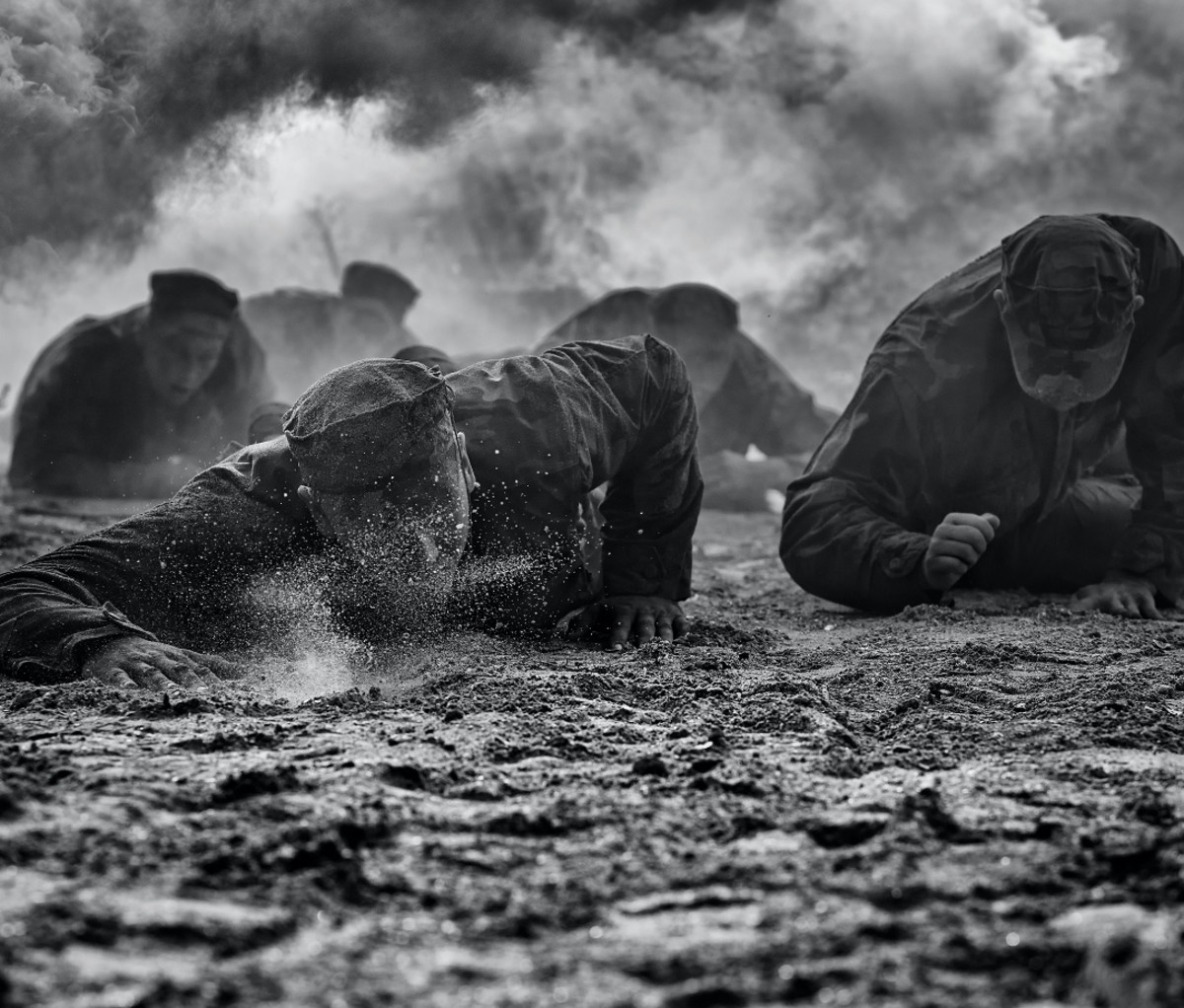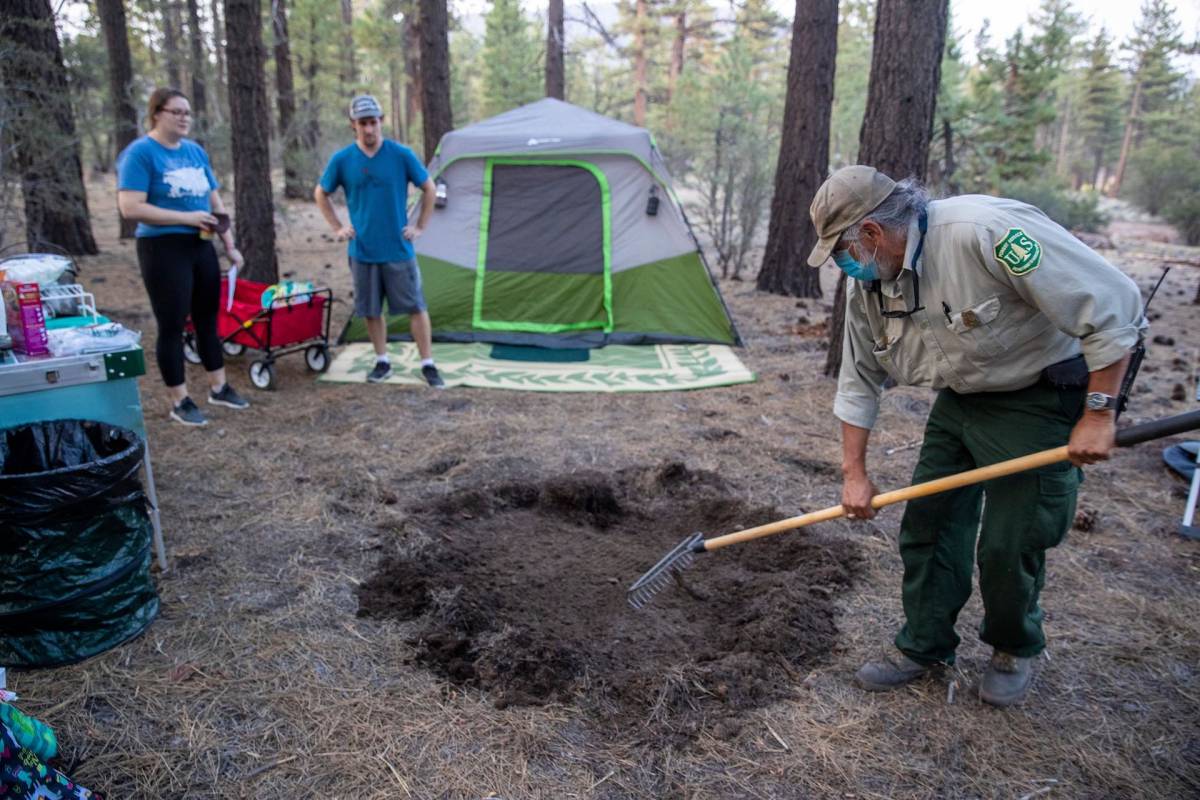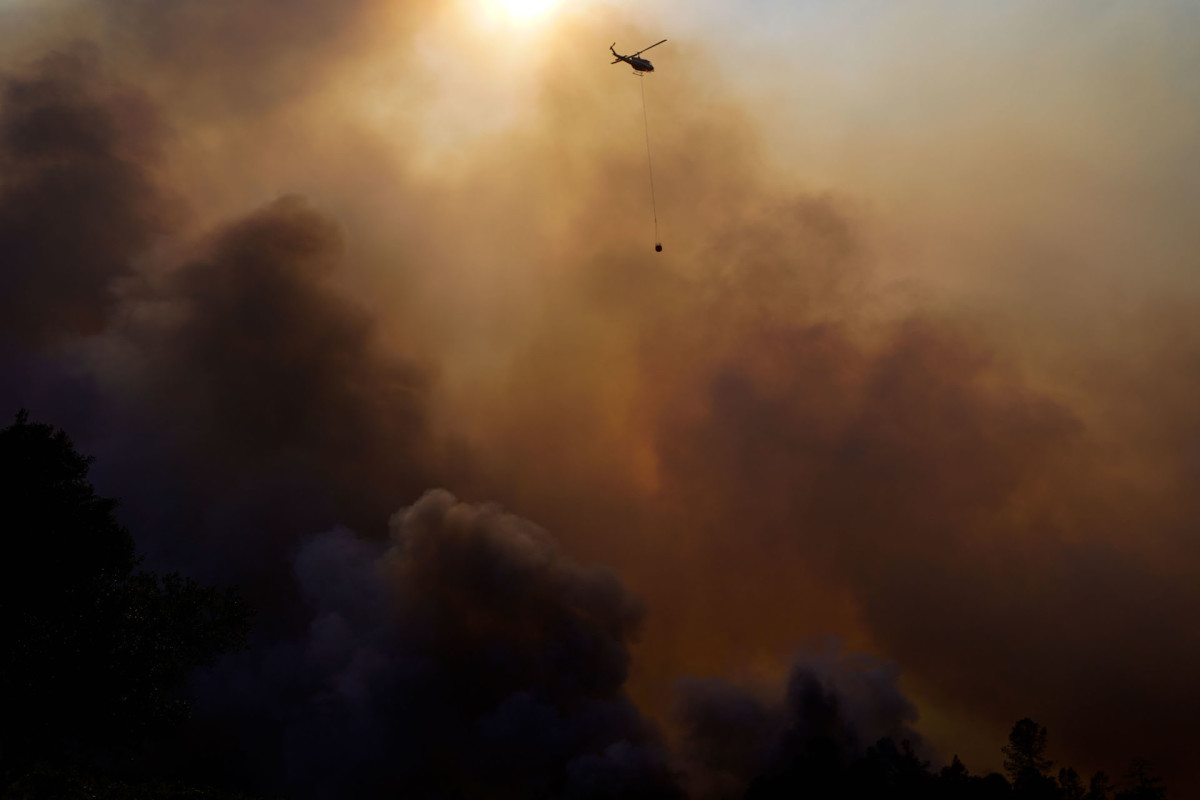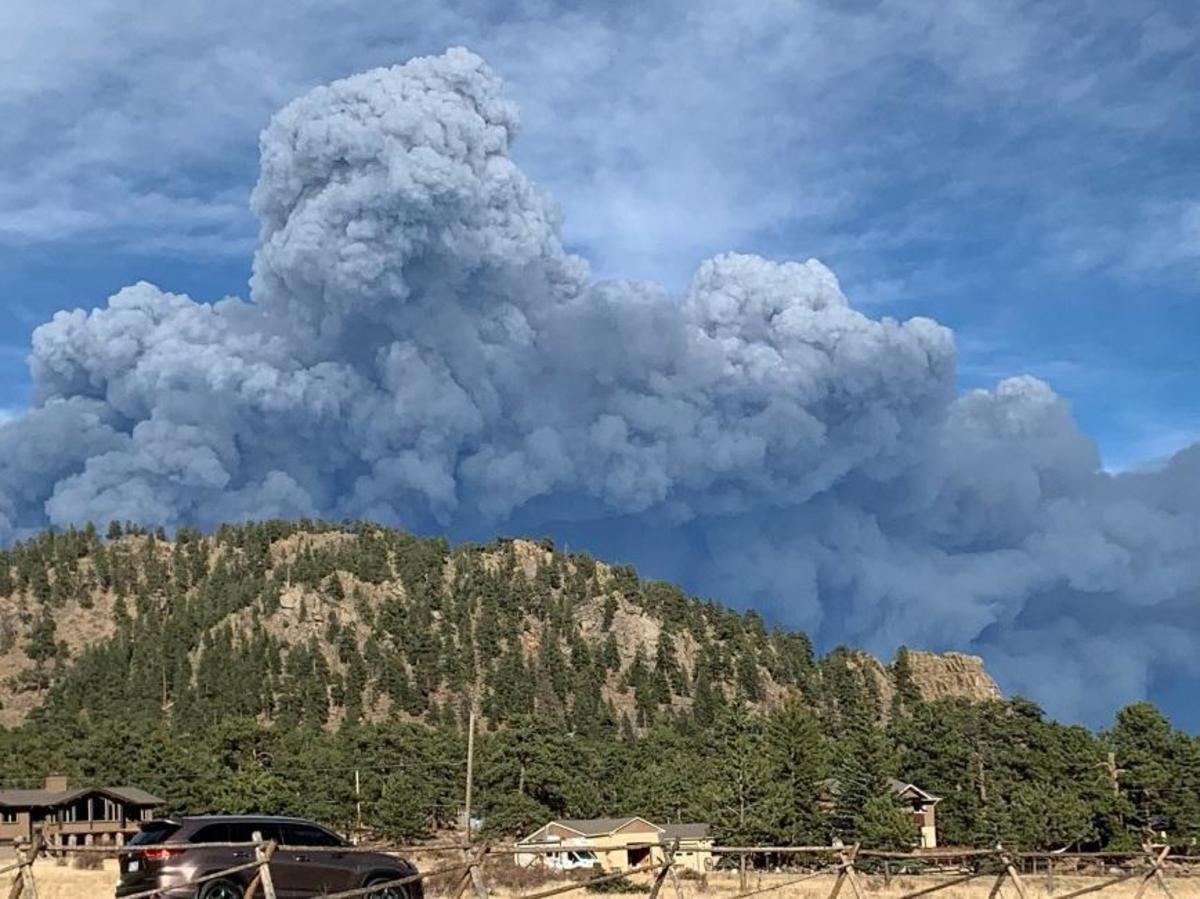This likely isn’t the first time you’ve been advised to eat your vegetables, but I’m going to add a new declaration: Eat your vegetables, especially the ones you may not particularly like.
If you’re not a vegetable eater, you technically may get your two to three servings per day by fitting in things like potatoes, carrots and corn (which isn’t actually a vegetable, by the way). But while those may be some of your most favorite veggies,1 they’re not the most nutritious options even though they do have some health benefits.
Cruciferous vegetables such as broccoli and Brussels sprouts (one of America’s most hated vegetables), have a lot more to offer, including protection for your heart.
In a recent study published in the British Journal of Nutrition,2 researchers looked at data from 684 older Western Australian women and found that those who ate more cruciferous vegetables had a lower risk of extensive calcium buildup in their aortas, the main artery that carries blood away from the heart.
The women in the study who ate more than 45 grams of cruciferous vegetables every day, such as a quarter cup of cooked broccoli or half a cup of raw cabbage, for example, were 46% less likely to have calcium buildup in their aortas compared to women who ate little to no cruciferous vegetables.
This is significant because calcium buildup is one of the key markers for atherosclerosis and structural blood vessel disease. When calcium builds up in the arteries, it “hardens” the arteries, hinders blood flow and reduces the amount of blood that circulates around the body. This series of physiological changes is conventionally thought to be a primary underlying cause of heart attack or stroke.3
On a side note, there are other working theories, however, that discount and refute the blocked artery notion. In his 2004 book, “The Etiopathogenesis of Coronary Heart Disease,”4 the late Dr. Giorgio Baroldi wrote that the largest study done on heart attack incidence revealed only 41% of people who have a heart attack actually have a blocked artery.
And, of those, 50% of the blockages occur after the heart attack, not prior to it. This means at least 80% of heart attacks are not associated with blocked arteries at all.
According to Dr. Thomas Cowan, a practicing physician, founding board member of the Weston A. Price Foundation and author of “Human Heart, Cosmic Heart,” three of the core, underlying issues that cause heart attacks are decreased parasympathetic tone followed by sympathetic nervous system activation, collateral circulation failure (lack of microcirculation to the heart) and lactic acid buildup in the heart muscle due to impaired mitochondrial function.
You can learn more about Cowan and his thoughts on this in “A New Way of Looking at Heart Disease and Novel Treatment Options.”
Cruciferous Vegetables Help Keep Your Heart Healthy
Heart disease is the leading cause of death for men and women of all racial and ethnical groups in the U.S., killing one person every 37 seconds.5 Aside from all of the deaths attributed to heart disease, another 12.1% of Americans are living with some type of chronic heart condition.6
You may think that a lot of this comes down to your genetics, but while you may be predisposed to certain conditions, the study confirms that the development of heart disease largely has to do with your diet. This study is groundbreaking because it shows an actual mechanism for how cruciferous vegetables help prevent heart disease.
Lauren Blekkenhorst, Ph.D., one of the lead researchers on the study, explains that the high content of vitamin K in cruciferous vegetables helps inhibit calcification in the blood vessels.7 But there are other nutritional compounds that have a positive effect on your heart too.
One of the most notable is sulforaphane, an isothiocyanate compound that gives cruciferous vegetables their signature odor. If you’ve ever cooked broccoli or Brussels sprouts, you know that smell I’m referring to. While these compounds can certainly clear a room, they are just as powerful when it comes to your health.
Other than sulforaphane, the nutrients in cruciferous vegetables that have a positive effect on your heart health include:8
- Selenium
- Flavonoids
- Anthocyanins
- Polyphenols
- Antioxidant enzymes
Cruciferous Vegetables Can Help Prevent Cancer
Cruciferous vegetables are also rich in sulfur-containing compounds called glucosinolates. When you chew or chop cruciferous vegetables, the glucosinolates come into contact with plant enzymes that speed up their breakdown and produce secondary compounds that help prevent cancer.9
These compounds help eliminate carcinogens from your body so they don’t cause DNA damage that can result in cancer. They also prevent normal cells from developing into cancerous cells.
Several studies have also confirmed that the isothiocyanates in cruciferous vegetables, including sulforaphane, have distinct anti-cancer activity. The isothiocyanates spark hundreds of genetic changes, activating some genes that fight cancer and switch off others that fuel tumors.
In one study, sulforaphane was shown to reduce the incidence and rate of chemically induced mammary tumors in animals. It also inhibited the growth of cultured human breast cancer cells, leading to cell death.10 Lead author of the study, Olga Azarenko, said:11
“Breast cancer, the second leading cause of cancer deaths in women, can be protected against by eating cruciferous vegetables such as cabbage and near relatives of cabbage such as broccoli and cauliflower.”
According to Azarenko, sulforaphane works in a similar fashion to the anticancer drugs taxol and vincristine, but without the toxic side effects. Other studies have confirmed the protective benefits of these vegetables for other types of cancer as well, such as:
- Bladder cancer — Researchers found that the higher the intake of cruciferous vegetables, the lower the risk of bladder cancer12
- Lung cancer — Researchers found that smokers with a high intake of cruciferous vegetables had a lower risk of developing lung cancer13
- Prostate cancer — This study, published in PLOS ONE in 2008, discovered that just a few additional portions of broccoli each week could protect men from prostate cancer14
- Colon cancer — A review of epidemiological studies found a significant inverse relationship between intake of cruciferous vegetables and colon cancer risk.15 In other words, prospective studies show that eating a diet rich in cruciferous vegetables helps prevent the development of colon cancer
Other Health Benefits of Cruciferous Vegetables
While heart disease and cancer prevention are big benefits of cruciferous vegetables, they have a lot more to offer too. Studies show that eating cruciferous vegetables can also:16
|
Prevent metabolic disorders and reduce the risk of Type 2 diabetes |
Help control weight and reduce your risk of obesity |
|
Prevent respiratory complications from human papilloma virus (HPV) |
Reduce and prevent inflammation associated with respiratory disorders |
|
Prevent oxidative stress, which can reduce the risk of Alzheimer’s disease |
Slow down cognitive decline in older age |
|
Exhibit antimicrobial effects against pathogenic bacteria like Pseudomonas aeruginosa, Enterobacter aerogenes, Salmonella serovar typhimurium, Escherichia coli and Shigella sonnei |
Prevent asthma |
|
Help boost your body’s natural detoxification pathways |
What Are Cruciferous Vegetables?
I’ve already mentioned broccoli, Brussels sprouts and cabbage, some of the most common cruciferous vegetables, but there are others too. The cruciferous vegetables, and vegetables that belong to the cruciferous family, include:17
|
Cauliflower |
|
|
Kohlrabi |
|
|
Mustard greens |
Rutabaga |
|
Turnips |
|
|
Chinese cabbage |
Arugula |
|
Horseradish |
Radish |
How Many Cruciferous Vegetables Should You Eat?
It’s currently recommended that adults eat between 2.5 and 3.5 cups of vegetables per day,18 which equals about three to seven servings. There currently is no USDA recommendation for cruciferous vegetables specifically, but adults should have one to three cups of vegetables, including cruciferous, each day, depending on your activity level.19
The way that cruciferous vegetables such as Brussels sprouts are prepared matters too. A 2011 study showed that not only can Brussels sprouts produce enzymes to detoxify your body from cancer-inducing properties but steaming them also brings out the best combination of benefits.20
Boiling, on the other hand, destroys the metabolic processes that release myrosinase and activate glucosinolates, which together generate metabolites.21 And, should you decide to eat them raw, then just the act of chewing can activate those glucosinolates, too.22
At some point, you may have heard that cruciferous vegetables can negatively affect thyroid health or even cause thyroid cancer, rather than prevent it. That’s because the breakdown of glucosinolates can create a compound called goitrin, which can block thyroid hormone production and cause hypothyroidism, or a low functioning thyroid.
The breakdown of glucosinolates also creates compounds that compete with iodine, and inadequate iodine can also lead to hypothyroidism. The cancer concern was raised in a study of Malaysian women who consumed large amounts of cruciferous vegetables.23,24 The women also had a low iodine intake and mild iodine deficiency, which researchers felt contributed to their cancer.
While this is not something to ignore, it’s important to remember that a balanced diet always works best — in other words, make your cruciferous veggies part of your diet, but not your main part, and you won’t have to worry about negative effects on your thyroid gland.
from Articles https://ift.tt/3kGJIdn
via IFTTT






 #nazaré #bigwaves #repost @wsl
#nazaré #bigwaves #repost @wsl  : @iancosenza Obrigado equipe por esse dia que sem dúvidas vai ficar marcado na história de Nazaré
: @iancosenza Obrigado equipe por esse dia que sem dúvidas vai ficar marcado na história de Nazaré  @carlosburle @caiogebaravaz @alemaodemaresias @iancosenza @kai_lenny @gigantesdenazare @midesbouillons @pedroscooby @nazarewaterfun @italoferreira
@carlosburle @caiogebaravaz @alemaodemaresias @iancosenza @kai_lenny @gigantesdenazare @midesbouillons @pedroscooby @nazarewaterfun @italoferreira @gigantesdenazare live stream #nazare
@gigantesdenazare live stream #nazare
 . Essa temporada 20/21 promete muita adrenalina
. Essa temporada 20/21 promete muita adrenalina What a day! The session was packed with adrenaline and thrill from the big riders, some of them who surfed here for the first time in the season. Nothing but a spectacular show! Rank your top 3 photos in the comments! ⠀ 1: @kai_lenny 2: @lucaschumbo 3: @nicvonrupp 4: @pedroscooby 5: @justinedupont33 6: @andrew_cotty ⠀
What a day! The session was packed with adrenaline and thrill from the big riders, some of them who surfed here for the first time in the season. Nothing but a spectacular show! Rank your top 3 photos in the comments! ⠀ 1: @kai_lenny 2: @lucaschumbo 3: @nicvonrupp 4: @pedroscooby 5: @justinedupont33 6: @andrew_cotty ⠀  : @helio_antonio ⠀ #gigantesdenazare #gigantesdenazaré #nazare #nazareportugal #portugal #surf #surfing #surfer #bigwaves #bigwavesurfing #bigrider #ondasgigantes #adrenalina #esporte #radical #aventura #viagem #queroviajar
: @helio_antonio ⠀ #gigantesdenazare #gigantesdenazaré #nazare #nazareportugal #portugal #surf #surfing #surfer #bigwaves #bigwavesurfing #bigrider #ondasgigantes #adrenalina #esporte #radical #aventura #viagem #queroviajar





















